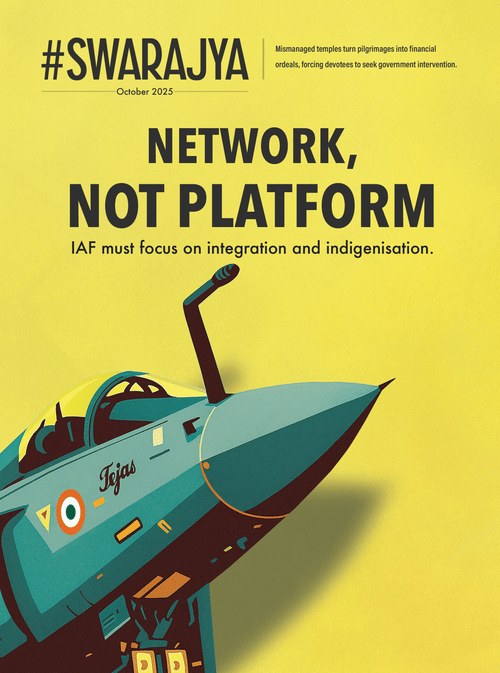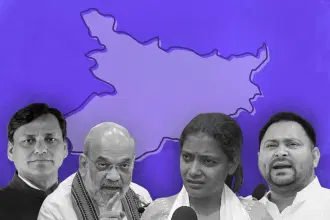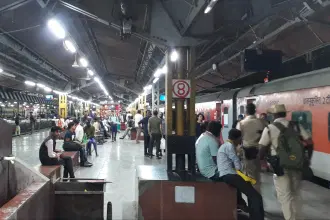Defence
India's Major Military Reforms: Armed Forces To Set Up First-Ever Joint Military Stations, Merge Defence Education Branches
Arun Dhital
Sep 18, 2025, 11:52 AM | Updated 11:52 AM IST
Save & read from anywhere!
Bookmark stories for easy access on any device or the Swarajya app.
India has announced major reforms to enhance coordination among its Armed Forces, unveiling plans to set up three joint military stations and merge the education branches of the Army, Navy and Air Force into a unified Tri-Services Education Corps, the Indian Express reported.
The decisions were finalised on the closing day of the three-day Combined Commanders’ Conference in Kolkata, part of ongoing efforts to strengthen jointness and streamline resources.
The proposed joint military stations will be the first of their kind in the country.
They are expected to consolidate logistics, infrastructure, repair and maintenance facilities, and stores and supplies of all three services under a single lead service at each location.
While final sites are yet to be disclosed, cities such as Mumbai, Bengaluru, Ahmedabad, Gwalior, Pune and Secunderabad are under consideration.
The initiative aims to optimise manpower and assets while serving as a pilot for larger integrated theatre commands.
Equally significant is the plan to create a Tri-Services Education Corps by merging the separate education branches of the three forces.
Also Read: India–US Space Partnership Enters New Era With Focus On Moon And Mars
The move is intended to rationalise personnel and infrastructure, cut duplication, and improve professional integration in training and academic functions.
These steps build on earlier measures like joint logistics nodes, cross-postings and common procurement practices, reflecting a broader push toward integration and theatre-level reforms.
While theatre command proposals remain under discussion, the new structures are seen as a practical step toward evaluating how unified operations might work.
The conference also examined emerging security challenges, modernisation goals, and the need to align space, cyber, information and special-operations capabilities.
Emphasis was placed on adopting a technology-driven approach to warfare, ensuring the Armed Forces become more agile and prepared for multi-domain threats while safeguarding national interests.
Please click here to add Swarajya as your preferred and trusted news source on Google.





